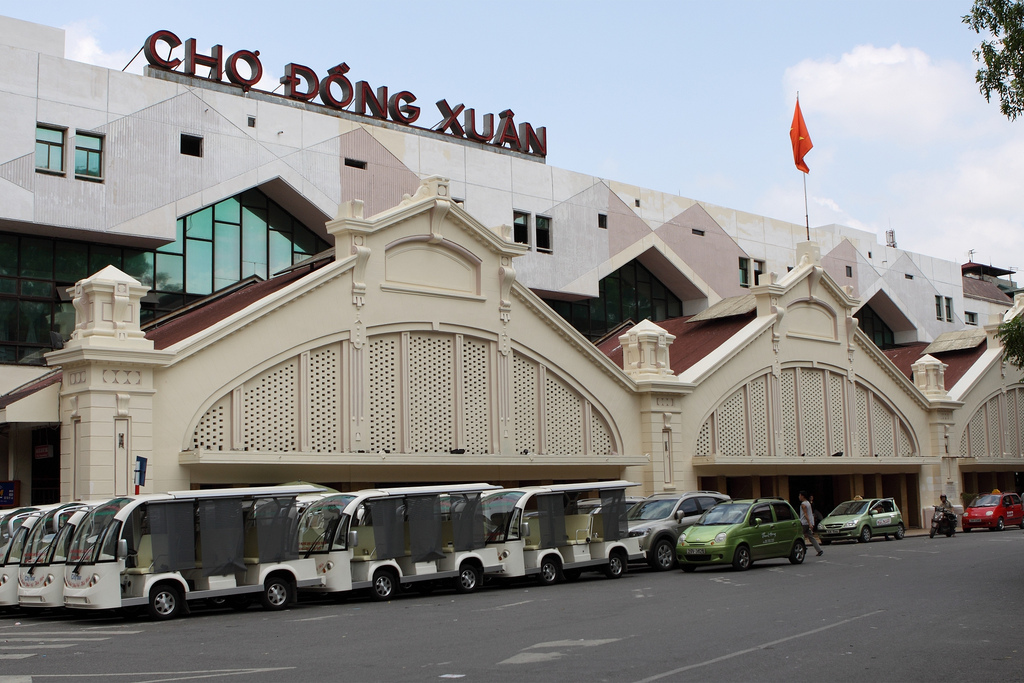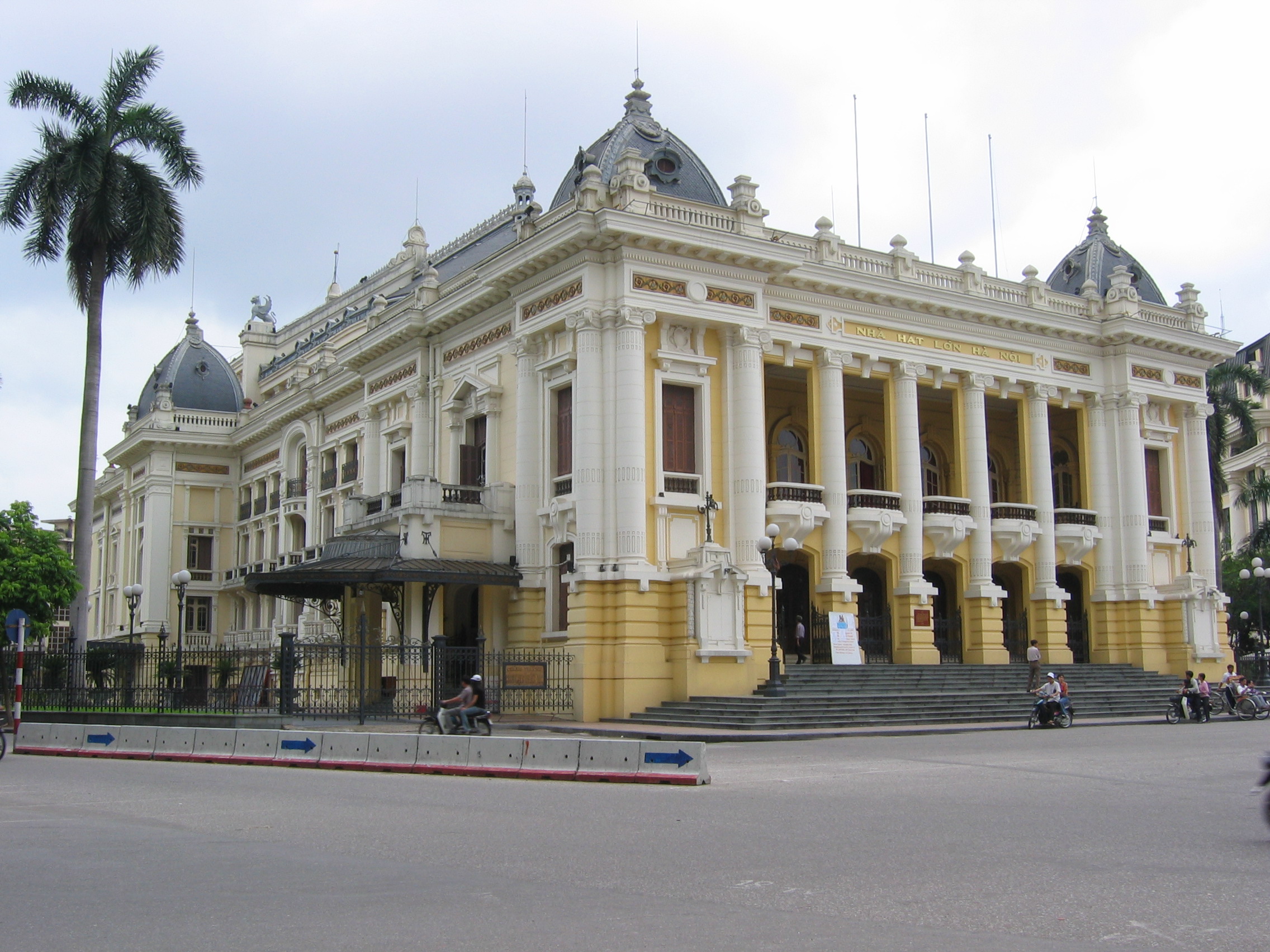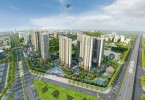Hanoi – the best place for discovering the city life
The streets of Hanoi during the rush hours are covered by hundreds of scooters. The pavement and the central reservation are fair game in the chaos; zebra crossings exist more as a personal challenge than a guarantee of safe passage.
The city of Hanoi that refuses to grow old gracefully – a millennium-old capital of crumbling pagodas and labyrinthine streets, is now undergoing a werewolf-like transformation into a 21st-century Asian metropolis. In the Old Quarter, ancient temples now neighbor karaoke joints, and dynasties of artisans ply their trade next to shops selling cuddly toys the size of grizzly bears. Hanoi is a city that muddles up its past with its present – where a statue of Lenin raises a clenched fist to teenagers who skateboard past him every afternoon.
Few have studied the changing face of the city as closely as Do Hien, an artist who has spent a lifetime painting Hanoi’s streets. He welcomes me to his studio, and idly leafs through sketches of city life – couples waltzing beside the willows of Hoan Kiem Lake, and alleyways where hawkers prepare steaming bowls of pho.
‘Hanoi is a place that runs in your blood,’ Hien says thoughtfully, sitting cross-legged among stubs of incense sticks and paintbrushes strewn across his studio floor. ‘Had I not lived in this city I might not be able to paint like I do.’
There are reminders of darker chapters in Hanoi’s past among Hien’s collection. He began his career as a Viet Cong propaganda artist – applying brushstrokes in between dashing off to fight the Americans during the Vietnam War – and witnessed the bombing of his home town during Christmas 1972. He shows me propaganda prints of anti-aircraft guns firing into skies above the city, and a giant Vietnamese soldier grabbing an American B-52 bomber from the air with his bare hands, King Kong style. Today, posters like these are in much demand among collectors – yet Hien struggles to paint with the ferocity of his younger years.
‘I can copy these posters technically, but I don’t have the right kind of spirit,’ he says. ‘I try to remember what I was feeling, but I don’t have the same anger any more.’ Like Hien’s artwork, Hanoi too has moved on. Hanging beside his front door is an oil painting of Long Bien Bridge – to many locals, the enduring symbol of Hanoi’s resilience. Blown to pieces by American bombs forty years ago, the bridge has long since been patched up and repaired. It now creaks under the weight of so many scooters passing through.




